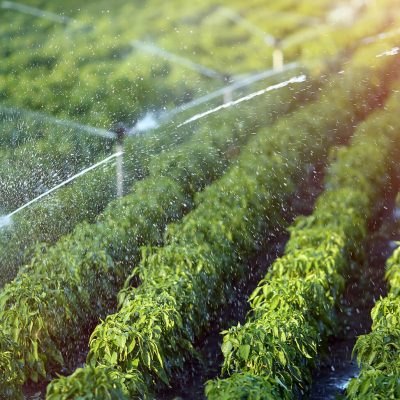By Aisha Alafifi
Director – Special projects and corporate initiatives
January 31, 2021

As a continuation of our discussion of a publication produced by the Food and Agriculture Organizations of the United Nations as part of the State of the World Series, which discusses the implications of improper water waste disposal and the actions that manufacturers are taking to save water, we’d like to mention a few more points that we believe are relevant to everyone. We talked in our previous article about how crucial it is for manufacturers to properly dispose of wastewater, and now we would like to discuss the consequences for using subpar water. When wastewater, which contains nitrogen, oxygen-depleting substances and pathogens, is improperly disposed, humans risk being exposed to the harmful water, especially those who are most vulnerable. Not only can the improper disposal of water waste affect humans, but it can also affect nature. For example, if wastewater is not properly disposed of, it can end up in lakes and rivers, which harms the wildlife there. What then ends up happening is that the water quality is diminished, which subsequently affects the biodiversity and causes the fish population to shrink, in addition to harming their health and overall quality. This is so important because even small changes in ecosystems can have a domino effect and cause major damage to the environment.




